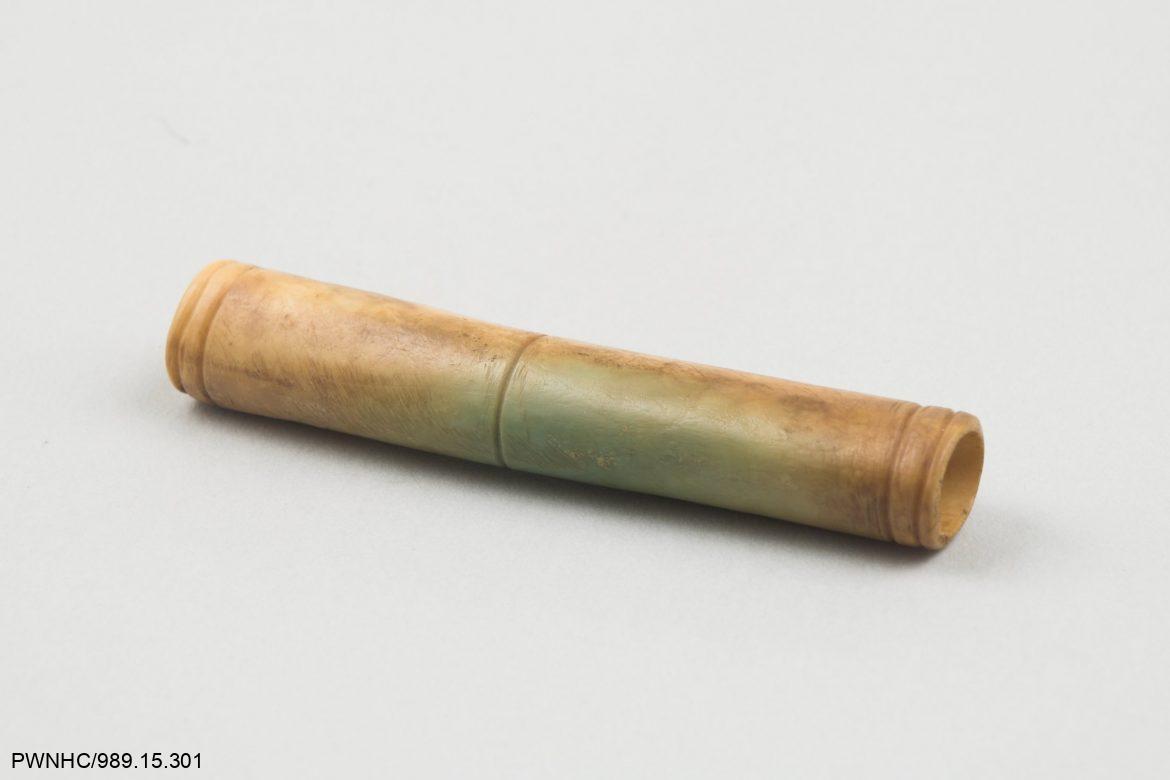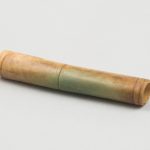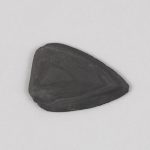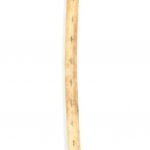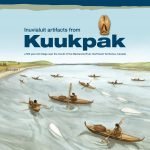1850s
Inuvialuit Lifeways
Even with the arrival of many European outsiders in the Mackenzie Delta in the early 1800s, Inuvialuit peoples continued to follow their traditional lifeways. During the summer, the Inuvialuit hunted beluga whales, as they still do. Beluga whales supply the Inuvialuit with food and oil for qulliit (oil lamps). The beluga skin was used to make boot soles. Hunting beluga whales was mainly a group activity, requiring skilled coordination between the hunters. They would wait for the water to be calm, and once the time was right, the leader told the hunters how and where to paddle. They would go out in their kayaks made from stretched seal skin, and driftwood lashed together. When the whales arrived, the hunters formed a line to circle them. Hunters threw their harpoons, attached to a float made of inflated seal skin. Then together, they pulled the whales to shore.
Hunter, trapper, traveller and author Nuligak, also known as Bob Cockney, described the hunt “… With loud shouts, they struck the water with their paddles, splashing it in great cascades. Panic-stricken at the noise, the whales threw themselves on the sandbanks in their efforts to flee. The largest soon had but two feet of water beneath them and found it impossible to escape….”
After the harvest, everyone in the community worked together to process the meat and blubber. Men and women had different tasks associated with the beluga hunt. Men would hunt the whales, and once onshore, the women would butcher and dry them and store the meat and skin. Since the beginning of time, the beluga whale hunt has fed, and clothed Inuvialuit and is still important today.
